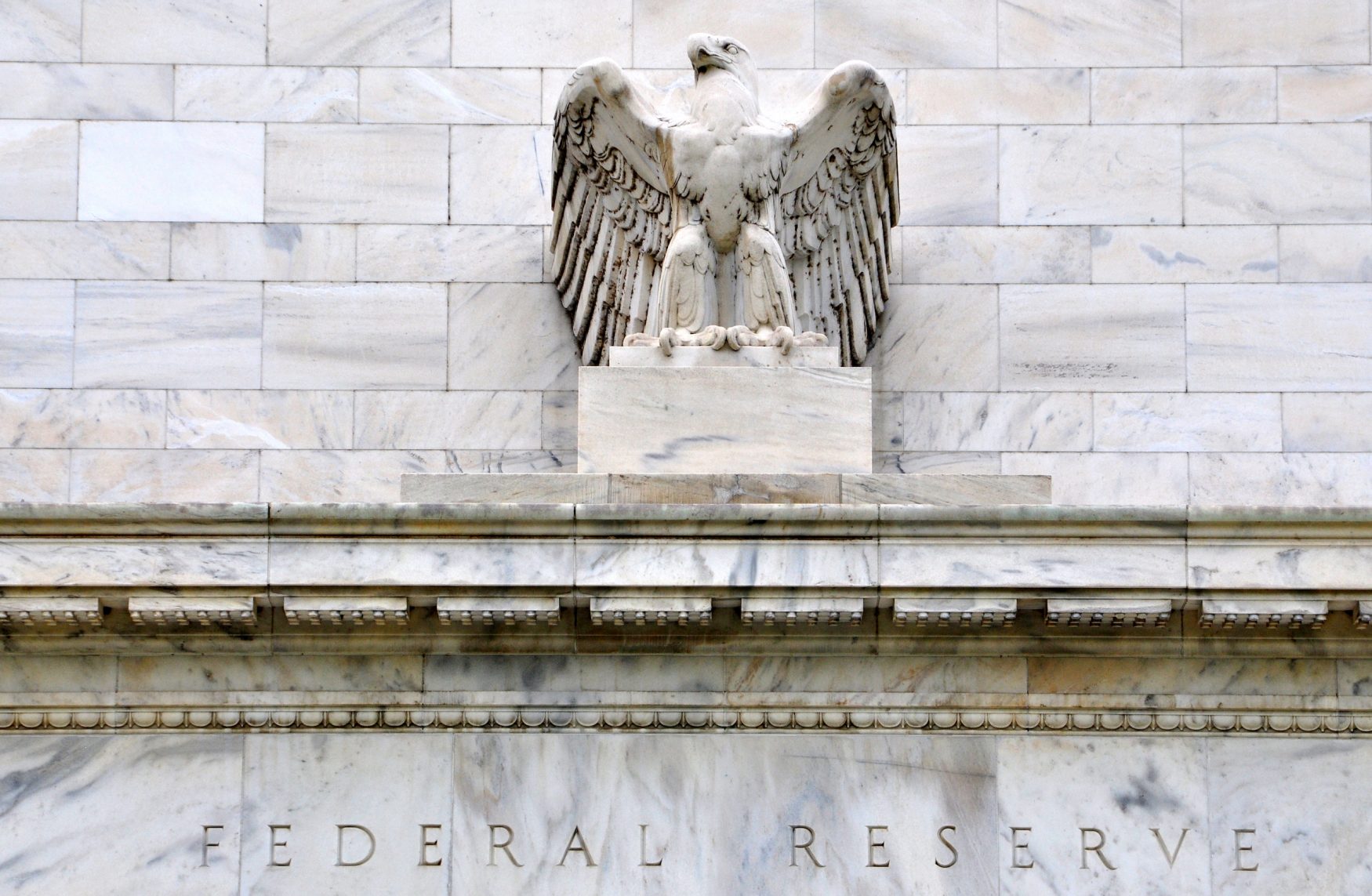
How is the Federal Reserve Bank of the U.S. Valid?
Federal Reserve Bank of the U.S. Run Solely as Independent Institution.
The Federal Reserve Bank of the U.S. loans money as a last resort to institutions with unusual circumstances whereby failing to obtain a loan would create severe if not irreparable damage.
On September 16, 2008 insurance giant American International Group (AIG) received an 85 billion dollar loan to keep from filing bankruptcy and was authorized by the Federal Reserve.
Because of the Federal Reserve Act, passed by Congress in 1913, the Fed functions independently without any approval from Congress or the President.
The Fed controls our nation’s money supply and interest rates and in turn manipulates our economy as a whole which makes it in violation of article 1, section 8 of the Constitution which states that Congress alone has the power to coin money and regulate its value.
Since maximum employment is the goal of the monetary policy, unemployment rates are a sign of success or failure for the Federal Reserve.
The Fed also sponsors a great deal of the monetary economics research in the US which may cause researchers to be less likely to publish realistic findings that might challenge the practices of the Federal Reserve.
The Fed is self-financed and does not adhere to congressional budget guidelines.
Reserve banks can sue and be sued in their own name meaning they carry their own liability insurance and usually process their own claims.
Devaluation of Currency
According to Article 1, Section 10 of the Constitution no state shall make anything but gold and silver coin a tender in payments of debts.
This is in direct contrast to the paper currency used today.
Gold and silver has been removed as backing for our currency and replaced with paper and debt.
Paper currency is only valid when the amount of currency equals the amount of gold or silver it is being substituted for.
In 1963 the Federal Reserve Bank of the US began printing bills without the promise that our currency is redeemable in lawful money at the US Treasury or any of the 12 Federal Reserve banks.
By removing the promise the federal government along with the Federal Reserve eliminated the monetary system established by the Constitution.
Fed Declining Auditing Practices Over the Years
Between 1913 and 1921 the Federal Reserve Board was audited by the US Treasury.
In 1921 Congress created the Government Accounting Office (GAO) and they were assigned to audit the Fed Board of Governors (BOG) until 1933.
In the Banking Act of 1933 Congress removed the BOG from GAO jurisdiction.
From 1933 to 1952 the twelve Federal Reserve banks put together their own audit teams who performed audits of BOG records.
Since 1978 the GAO was put back in charge of auditing the Federal Reserve System but with stipulations set by the Federal Banking Agency Act of 1978.
Balancing the Books
The Federal Reserve Bank of the US has over $11 billion in gold held over from when gold was used to back our currency.
$515 billion of the national debt is held by the Fed although the Fed’s share has been reduced since the creation of new facilities in the winter of 2007-2008.
Of the $982 billion in Federal Reserve note liabilities which represents the value of all existing dollar bills, $200 billion is not in circulation and is held by the Fed.
Roughly $780 billion is the total value of paper currency in circulation today.
Treasury liabilities equal to $4 billion reflect the Treasury Departments use of the Federal Reserve Bank of the US rather than private banks.

 My First Amazing Ayahuasca Experience
My First Amazing Ayahuasca Experience  Pine Needle Tea
Pine Needle Tea  The REAL Controllers of Humanity: The Papal Bloodlines
The REAL Controllers of Humanity: The Papal Bloodlines  Is it Global Warming or Cooling?
Is it Global Warming or Cooling?  Gun Rights and Obama Examined
Gun Rights and Obama Examined